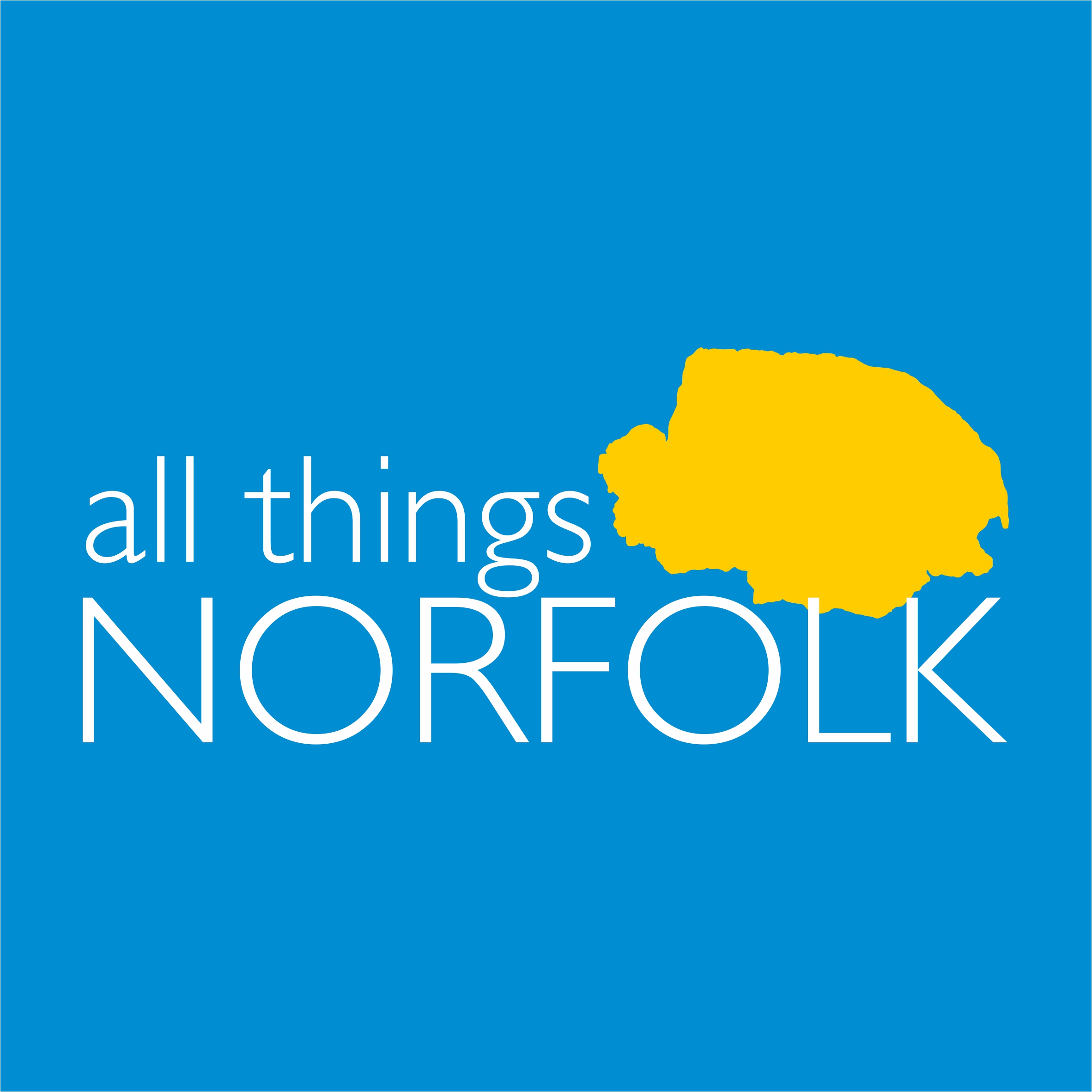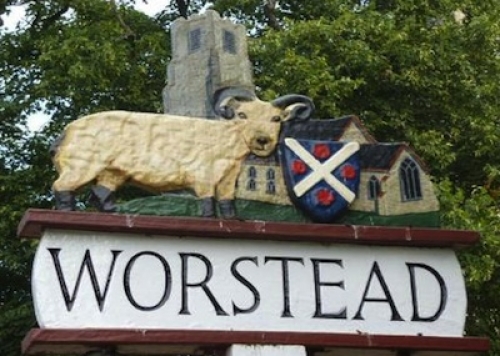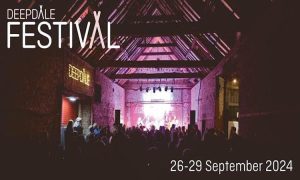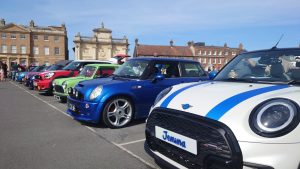It comes as a surprise to many visitors – and not a few Norfolk residents – to discover that a green and rural coastal county was once the heartland of key British industries.
Arguably the most important and profitable trade predated the Industrial Revolution. Between the 11th and 16th centuries many Flemish weavers and textile workers crossed the North Sea from Flanders to establish themselves in Norfolk. The export of high-quality East Anglian wool had slowed, so many weavers decided to shift their business to the source.
When Edward III married a Flemish princess, he encouraged the flow of skilled migrants, and soon towns in Norfolk were expanding and becoming prosperous. Norwich was the largest city in England outside London, and vied to be second city. New towns appeared; one was Worstead, previously a small village given by King Canute to the abbots of England outside London, and a few miles south beside the river Bure.
Soon this inconspicuous place became a thriving town, and gave it name to a variety of fabric that became sought after across the world. It was made from well-twisted yarn spun from long-staple wool combed to lay fibres parallel, giving both warmth and strength. The oldest Act of Parliament kept in the House of Lords Record Office is the Taking of Apprentices for Worsteads in the County of Norfolk Act of 1497
Worstead is once again a small village on the map. The textile trade has gone, and those who work locally are mostly employed by Heinz at a frozen potatoes factory. But there is still an unmanned railway station on the Bittern Line linking Norwich with Broadland and the coastal resorts of Cromer and Sheringham. The capacious church and some fine old village houses on the square provide a reminder of glories past, but the only spinning to be seen is at the annual Worstead Festival on the last weekend in July.
Two other industries that for which Norfolk was renowned but have now disappeared from Norfolk have been shoe manufacturing and chocolate production.
Norwich is credited as the place where the modern shoe industry was born. In 1792, James Smith, a cordwainer, better known as a leather specialist, set up a small production line in a building behind Norwich Market.Until then shoes had always been hand-made to fit the feet of the purchasers. His company expanded into a global brand, Start-rite Shoes, which is still headquartered in Norwich, but which ceased UK production in 2003.
At its peak just before World War II more than 10,000 people were employed in the shoe industry, with brands like Bally, Norvik and Florida prominent. In 1972, 11 million pairs of shoes were produced in the city. Today, there are still a few workshops left, including Florida, better known as Van Dal for its fashionable ladies’ shoes, and a luxury slipper maker in London Street. Van Dal makes most of its shoes in China and India, but still produces 1200 pairs at its Dibden road premises each week. Matthew Gudgin from BBC Radio Norfolk provides an interesting feature on the Norwich Shoe Industry which you can listen to by clicking here .
If the smell of tanneries permeated some Norwich streets, so did that of molten chocolate. In 1890 the new Fleur de Lys building in Norwich’s Chapel Field, built by the Caley family, was one of the largest in the country. Just before the outbreak of World War II, the business was sold to J Mackintosh and Sons of Halifax for £180,000, but during the the works was torched by one of Hitler’s incendiary bombs.
Rebuilt after the war it produced some of the firms most famous brands, including Rolo and Weekend, but its owners merged with Rowntree of York, which in turn was swallowed up by Nestle. By then the Norwich plant was closed, the workers made redundant and the building demolished to make way for Chapelfield.




